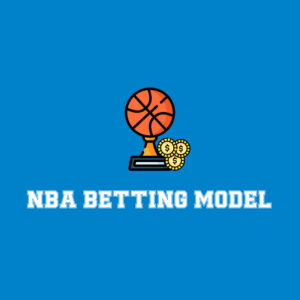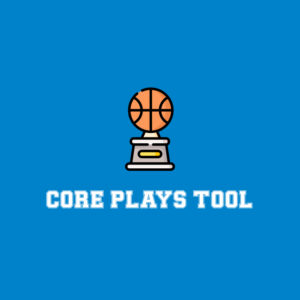
Monday, we tackled the eight best landing spots from the 2025 NFL Draft (or we tried to — some of those guys are going to be hard to tackle). Unfortunately, there is another side to that coin: the prospects who ended up falling in the draft, going to less attractive situations, or both, and losing fantasy value as a result. This draft will be remembered for arguably the biggest slide in the history of the league, but there were a handful of other players whose future is much cloudier after the weekend. Here’s a look at the eight worst landing spots from Thursday, Friday and Saturday, accounting for both draft capital and franchise.

Football Almanac 2025

Worst Landing Spots in the NFL Draft
8. Tyler Warren, TE, Indianapolis Colts

The first spot on our list is by no means the end of the world: Penn State tight end Tyler Warren merely went from “absolute stud” to “still a stud, just not as studly as he could have been.” Warren was heavily mocked in the top 10 overall heading into Thursday, possibly to the Jets (seventh) or the Bears (10th). Instead, he “slipped” to 14th overall and the Indianapolis Colts. Colston Loveland (at that Chicago pick) and Mason Taylor (in the second round to the Jets) both made Monday’s article by snagging those two landing spots, where there are more available targets, more lucrative offensive schemes, or better quarterback play (or arguably all three). Moreover, Warren was the only one of the trio to be drafted below the consensus expectation … though 14th overall is still very good for a tight end. He’s still a physical monster with plenty of athleticism, surprising quickness, smooth route-running, requisite toughness for his size and position, and an absurd production profile (thanks to his 104-catch 2024 season).
The problem in Indy? Quarterback. No matter who wins between Anthony Richardson Sr. and Daniel Jones, I could easily name 30 quarterbacks I’d rather have throwing to my tight end. Since 2019, when Jones was drafted, 61 quarterbacks have started at least 15 games. Among that group, Jones’ passer rating ranks 48th and Richardson’s ranks … dead last. They also rank 56th and 55th in pass TD rate, respectively. It ain’t pretty. Oh, and for some salt in the wound: Offensive coordinator Jim Bob Cooter has never produced a top-10 fantasy tight end in his five seasons as an OC, and the average fantasy finish of his top tight end over those five seasons is TE31. Warren is arguably a better talent than anyone Richardson, Jones or Cooter has ever had at the position, so there’s hope he transcends this situation. And the capital is still great. But landing in this offense makes Warren a little less of a sure thing in rookie drafts or startups, where he might have gone several spots higher had he landed in New York or Chicago.
7. Quinn Ewers, QB, Miami Dolphins

Once upon a time, Quinn Ewers was the No. 1 college recruit in the country and one of the highest-rated high-school QBs in a decade plus. Then, an inconsistent collegiate career, a series of injuries, and the emergence of other, brighter stars whittled his first-round upside down into Day 2 (maybe Day 3) expectations. Still, the slide all the way to the seventh round, where he was the 13th and last quarterback selected, was pretty unprecedented. Prior to the draft, Ewers was the QB5 or QB6 in most dynasty rookie rankings and was at least being selected in superflex rookie drafts. Now, if he finds his way onto dynasty rosters, it’ll most commonly be as a waiver pickup.
To be clear, the real-life franchise fit here is actually not bad at all. The Dolphins just signed Tua Tagovailoa through 2028, but we all know the risks there. Tagovailoa has missed 14 starts since 2021 and is seemingly always one bad hit away from a forced retirement. Should Ewers get an opportunity to play, Miami is an excellent offense for his first-read, quick-release style, and is loaded with speedy weaponry at every skill position. As far as backup jobs go, this one’s honestly pretty great. The problem is the draft capital: if Miami had nabbed Ewers in the third round, we might be talking about him as a dynasty sleeper. But seventh-round quarterbacks are a blindfolded dart throw … from 100 yards away … at a moving dartboard. As great a story as Brock Purdy is, the typical ceiling for picks this late is Matt Cassel — perennial backup with little to no fantasy value even when he does find the field. Ewers should now go completely undrafted in rookie drafts and might be worth flagging as a taxi squad pickup at best.
6. Emeka Egbuka, WR, Tampa Bay Buccaneers
In what was arguably the most confusing pick of the first round, the Buccaneers selected slot-specialist Emeka Egbuka 19th overall … just 45 days after signing Chris Godwin to a $66 million contract extension. With Godwin secured, Mike Evans on the outside, and Jalen McMillan flashing a minor breakout late last year, it did not feel like wide receiver was a need for Tampa Bay, so you have to imagine this was just a “best player available” sort of pick. And while the capital was great for Egbuka — 19th was a little earlier than he was projected to go in most mocks — he enters a crowded wide receiver room with two Pro Bowlers ahead of him. In the 77 games Evans and Godwin have played together since the latter broke out in 2019, they have averaged a combined 16.2 targets per game. Over that span, the season high for targets by a Bucs wide receiver outside that duo is just 70 by Russell Gage Jr. in 2022. Granted, Egbuka will likely be the best WR3 the team has had in that span, but there’s no arguing he is the WR3, for now.
The fallout for Egbuka here is pretty similar to Warren’s earlier. The capital is good, but the current offensive situation is bad, which makes the prospects a little less attractive in the short term but doesn’t tank their long-term dynasty value. As with Rome Odunze to Chicago a year ago, this landing spot is going to heavily delay Egbuka’s progression into a fantasy WR2. Despite earning the ninth overall selection in the 2024 draft, Odunze caught just 54 passes for 734 yards and three scores as a rookie, finishing as the WR49 in half-PPR. That might even be an optimistic stat line for Egbuka early on, and it might take two or three years before we see his full potential. The optimistic outlook is that he’ll follow a Jaxon Smith-Njigba arc (his closest NFL comp by far) — a strong breakout in year two, prompting his team to cut one of the receivers ahead of him and trade the other. Egbuka still has solid future value, so he shouldn’t slip much in dynasty drafts, but he could have a much more immediate impact somewhere like Dallas, Arizona or Washington.
5. Damien Martinez, RB, Seattle Seahawks
Quite a few analysts had Miami running back Damien Martinez as a dynasty sleeper before the draft, hoping for an early Day 3 landing spot in a good situation. Martinez got none of the above, going to the Seahawks in the seventh round. He’s a true “big back,” at 6-foot, 217 pounds, who runs with power (4.5 yards after contact per attempt led the Power Five last year) and surprising nimbleness. Unfortunately, he has average long speed and a severe lack of receiving production, which likely boxed him into an “early-down, short-yardage bruiser” archetype for most front offices. Pre-draft, I had suggested a ceiling as the “Isaiah Crowell to somebody’s Duke Johnson,” but Martinez won’t even have that opportunity in Seattle.
With both Kenneth Walker III and Zach Charbonnet well ahead of him on the depth chart, it would take at least one injury, maybe two, for Martinez to have any fantasy value in the short term. NFL Media’s Lance Zierlein compared him to D’Onta Foreman, and that sort of fantasy career — relevant for a few weeks at a time as a backup intermittently thrust into starter carries — might be the best hope for Martinez at this point. He’s now essentially untouchable in rookie drafts (after being a third-rounder in April ADP) and might be worth flagging as a waiver pickup at best.
4. Luther Burden III, WR, Chicago Bears
In some (rare) circumstances, landing on a depth chart that already rosters your closest veteran comp can be a plus — namely, if the veteran is close to retirement and sticking around as a mentor and little else. DJ Moore is 28 years old and one year into a $110 million contract extension that could keep him in Chicago through 2029. That’s rather concerning for Luther Burden III, the Bears’ second pick in the draft at 39th overall. Once in contention for dynasty WR1 in this class, Burden had an inconsistent 2024 season at Missouri and fell into the second round … and into the most crowded depth chart in the league. Ben Johnson and Co. already had Moore, Rome Odunze, Cole Kmet and D’Andre Swift entering the draft, then picked up TE Colston Loveland at 10th overall and Burden in the early second. While they’ve built an absolute unit of capable pass-catchers around franchise QB Caleb Williams, it’s going to be tough to find targets if you’re third, fourth or fifth in the pecking order.
Burden is a yards-after-catch demon with nasty burst, running-back-caliber tackle-shacking traits and toughness, and game-breaking 4.4 speed. He’s a menace with the ball in his hands and was often schemed into space as a Tiger but can also be effective intermediate and deep. You’ll find comparisons to Deebo Samuel, Curtis Samuel and Rashee Rice, but I personally comped him to Moore, his new teammate in The Windy City. And while Johnson is the kind of offensive mind who could scheme Moore, Odunze, Loveland, and Burden effectively for the Bears offense, the target total is going to be concerningly low in Burden’s foreseeable future. It’s tough to imagine him getting anywhere near triple digits, which will likely cap his fantasy upside in the WR3 or WR4 range at best. The 21-year-old was once going as high as rookie WR2 in the mid-first round of rookie drafts — now he’s more like WR6 down in the mid-second.
3. Dylan Sampson, RB, Cleveland Browns
After the consensus top five — Ashton Jeanty, Omarion Hampton, TreVeyon Henderson, Quinshon Judkins and Kaleb Johnson in some order — many analysts had Dylan Sampson as their RB6 in the 2025 class prior to the draft. He’s undersized, at 5-foot-8, 200 pounds, but has the right skill set to counteract that lack of size: elite vision, electric feet and excellent speed. He racked up missed tackles and rushing touchdowns at Tennessee (70 and 22 in 2024, respectively), both of which are sticky stats when projecting NFL success. Personally, I wasn’t a big fan, comping him closer to change-of-pace backs like Tyjae Spears or Giovani Bernard than fantasy studs like Brian Westbrook or James Cook (both of which I’ve seen elsewhere). But now it’ll be harder to find any fans, after Sampson was the 12th running back drafted over the weekend … and the second by his own team.
That’s right, after taking far more prototypical lead back Quinshon Judkins at 36th overall, the Browns proceeded to double-tap the position by picking up Sampson late in the fourth round. It feels like Kevin Stefanski and Co. are looking to revitalize the Nick Chubb–Kareem Hunt tandem of years past … but Hunt was 5-foot-11, 216 pounds and better on third down than Sampson profiles to be. And, for the record, Sampson will likely need to compete (at a high level) to beat out incumbent change-of-pacer Jerome Ford, who filled in quite admirably for Nick Chubb each of the last two years in Cleveland. A day three back, with an uphill climb to the RB2 role in a likely subpar offense? Count me out. Sampson drops a whole round in rookie drafts (into the third) and is closer to rookie RB12 than RB6.
2. Matthew Golden, WR, Green Bay Packers

After a 22-year drought where the Packers refused to select a wide receiver in the first round — to the consistent chagrin of Aaron Rodgers — they finally broke the curse in 2025 by selecting Matthew Golden 23rd overall. The thing is, they’d kind of perfected their previous strategy: Greg Jennings, James Jones, Jordy Nelson, Randall Cobb, Davante Adams and even Jayden Reed had all outperformed their draft price over various stretches of the last two decades. Nevertheless, GM Brian Gutekunst and Co. felt like the former Texas Longhorn was worth the first-round capital on Thursday and added Golden to an absolute mess of wideouts that includes Reed, Romeo Doubs, Christian Watson, Dontayvion Wicks, Mecole Hardman and fellow rookie Savion Williams (drafted in the third round), along with Tucker Kraft and Luke Musgrave at tight end.
It feels like a shotgun approach to the position, possibly under the pretense that someone will eventually step up. My main concern is that it may not be Golden, or that even if he does, it won’t enough to lock up high-end fantasy opportunities. I was a little lower than consensus coming into the draft — Golden’s profile is characterized by a 5-foot-11, 191-pound frame, offset by 4.29 speed and excellent separation skills. That combo can work — Jaylen Waddle and DeVonta Smith are decent examples — but it’s also extremely volatile. And both Waddle and Smith had far better collegiate production than Golden (who grades very poorly in that respect). Also, both Waddle and Smith are competing with one other (stud) receiver … Golden will be fighting for targets with at least three or four viable options. He could absolutely rise to the top of that room and be solid for fantasy, but the odds are lower in Green Bay than they might have been in several other spots.
1. Shedeur Sanders, QB, Cleveland Browns

This should come as no surprise, and I don’t need to belabor the point (too much). If you watched the draft or have been on any form of draft-related social media the last few days, you know about the meteoric fall of Colorado QB Shedeur Sanders. Unlike Ewers, who was “once” considered a first-round selection, Sanders was frequently mocked in the top three to five picks overall, all the way into April. Even when talks of a slide started materializing this past month, the expectation was that he’d “slip” down to the Steelers at 21st overall, or maybe as far as the early second round. Instead, Sanders plummeted all the way to 144th overall, the sixth pick of the fifth round … and a Cleveland Browns franchise that had already taken a QB two rounds earlier. There is now a wide-open competition up in Berea, Ohio, between Joe Flacco, Kenny Pickett, Dillon Gabriel (the third-round pick out of Oregon), Sanders and potentially even Deshaun Watson, should he ever return to the field. Speculation on Sanders’ slide has run rampant, and will likely continue to do so for months, but here’s the main takeaway: he is not the favorite to start, and quarterbacks with his capital are far more likely to be career backups than franchise starters.
On top of all that, Sanders wasn’t a particularly exciting prospect for fantasy in the first place. He has an OK arm, takes far too many sacks, offers little to no rushing upside, and was far closer to the Geno Smiths and Baker Mayfields of the world than he was to the Joe Burrows. The NFL analysts who pounded the table for Sanders highlighted his toughness and accuracy, but toughness doesn’t score fantasy points, and I’d rather have 70 rushing yards a game than a 70% completion rate. Ultimately, Sanders could find a way to climb from this quagmire up to QB2 territory in dynasty one day. But he’d be the exception to the rule. You can grab him late in superflex rookie drafts, but that’s a far cry from his pre-draft ADP in the middle of the first round.








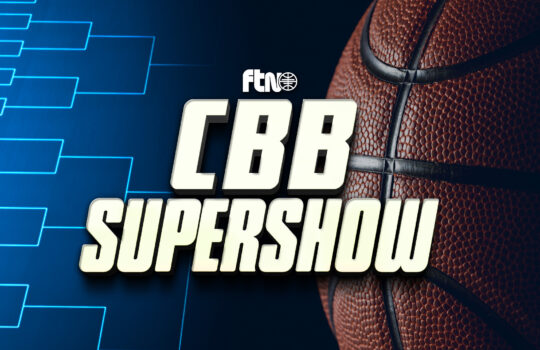











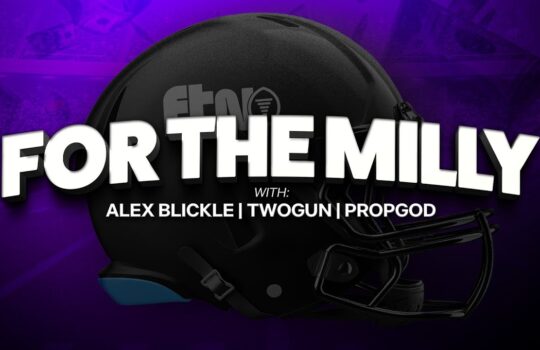





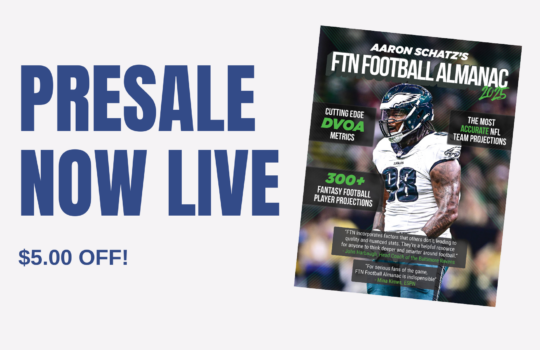



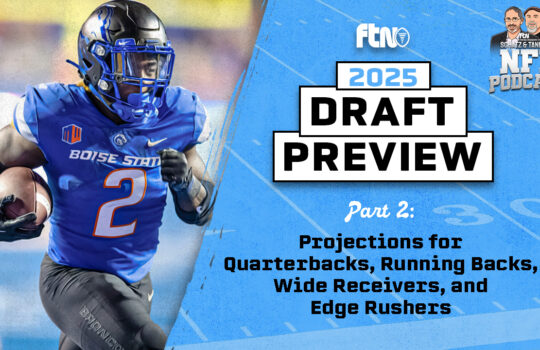

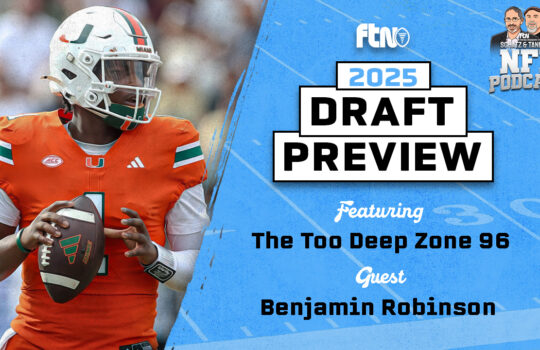
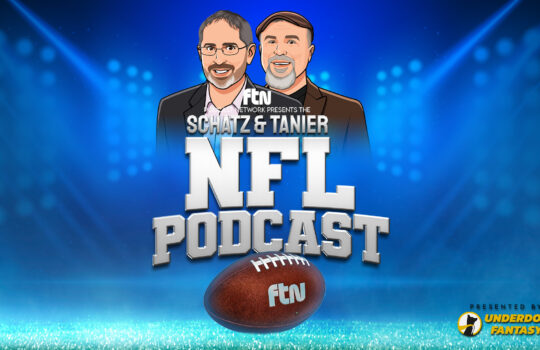







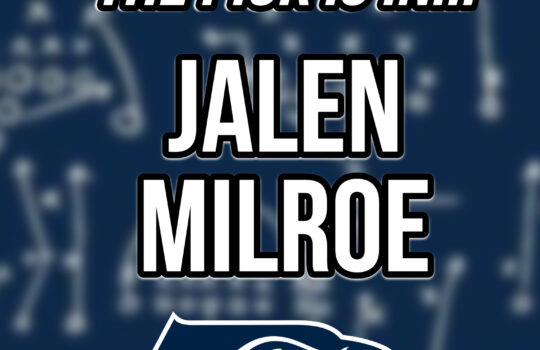

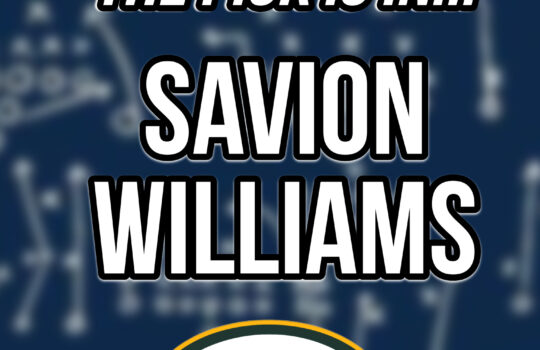
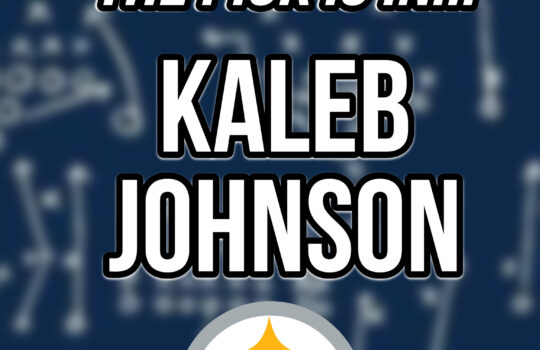

 New York Jets
New York Jets  New England Patriots
New England Patriots 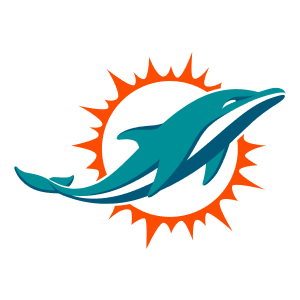 Miami Dolphins
Miami Dolphins  Buffalo Bills
Buffalo Bills  Pittsburgh Steelers
Pittsburgh Steelers  Cleveland Browns
Cleveland Browns  Cincinnati Bengals
Cincinnati Bengals 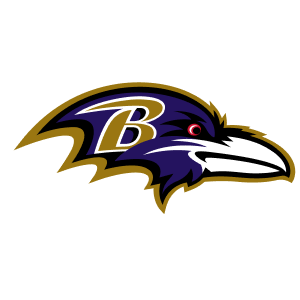 Baltimore Ravens
Baltimore Ravens 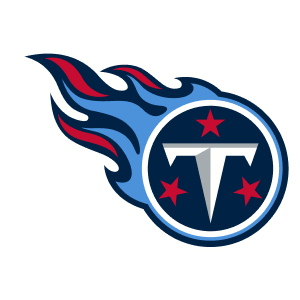 Tennessee Titans
Tennessee Titans  Jacksonville Jaguars
Jacksonville Jaguars  Indianapolis Colts
Indianapolis Colts  Houston Texans
Houston Texans  Las Vegas Raiders
Las Vegas Raiders 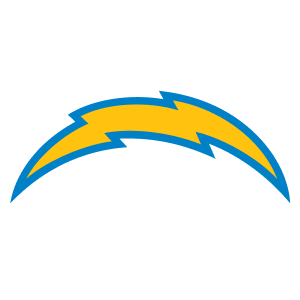 Los Angeles Chargers
Los Angeles Chargers  Kansas City Chiefs
Kansas City Chiefs 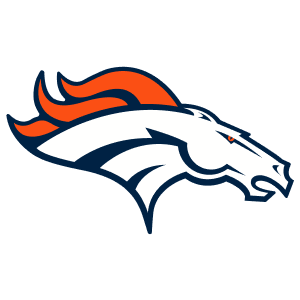 Denver Broncos
Denver Broncos  Washington Commanders
Washington Commanders  Philadelphia Eagles
Philadelphia Eagles 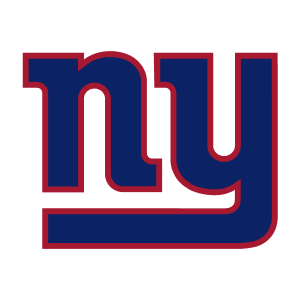 New York Giants
New York Giants  Dallas Cowboys
Dallas Cowboys 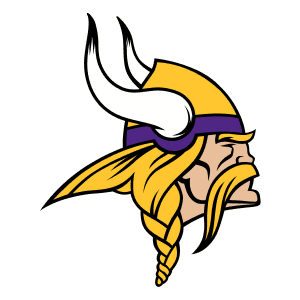 Minnesota Vikings
Minnesota Vikings  Green Bay Packers
Green Bay Packers 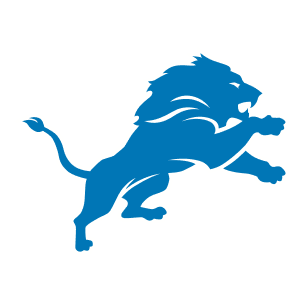 Detroit Lions
Detroit Lions 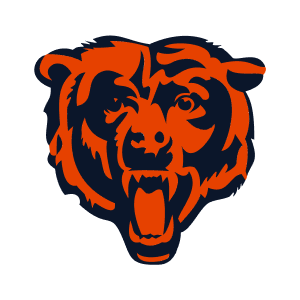 Chicago Bears
Chicago Bears 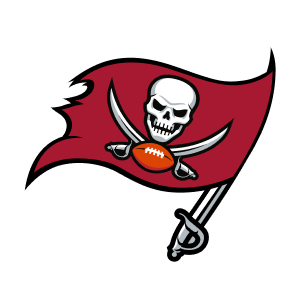 Tampa Bay Buccaneers
Tampa Bay Buccaneers  New Orleans Saints
New Orleans Saints 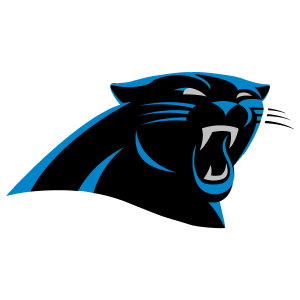 Carolina Panthers
Carolina Panthers 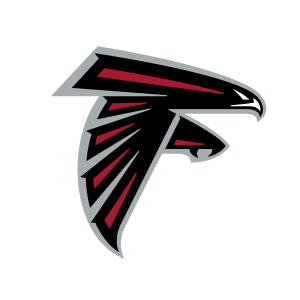 Atlanta Falcons
Atlanta Falcons 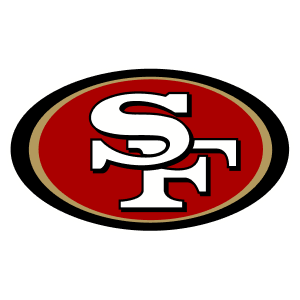 San Francisco 49ers
San Francisco 49ers  Seattle Seahawks
Seattle Seahawks  Los Angeles Rams
Los Angeles Rams 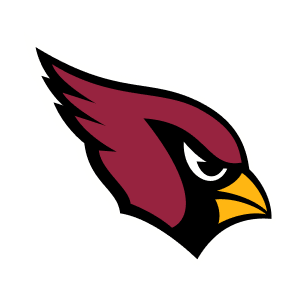 Arizona Cardinals
Arizona Cardinals 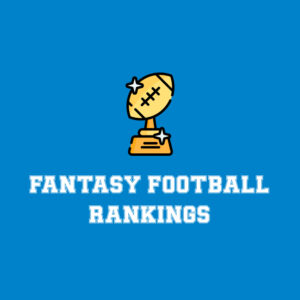

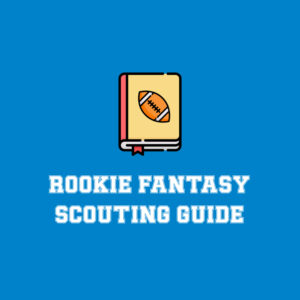
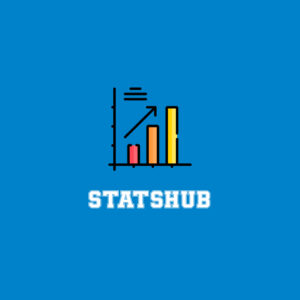
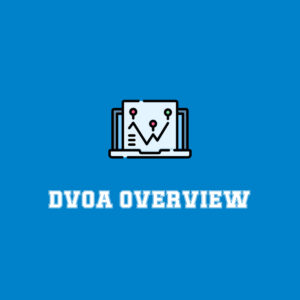

 Boston Celtics
Boston Celtics  Brooklyn Nets
Brooklyn Nets 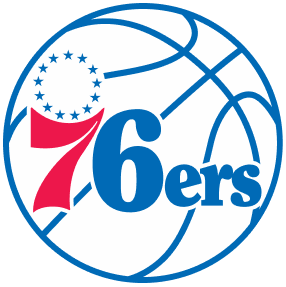 Philadelphia 76ers
Philadelphia 76ers  New York Knicks
New York Knicks  Toronto Raptors
Toronto Raptors  Chicago Bulls
Chicago Bulls  Detroit Pistons
Detroit Pistons  Milwaukee Bucks
Milwaukee Bucks  Cleveland Cavaliers
Cleveland Cavaliers  Indiana Pacers
Indiana Pacers  Orlando Magic
Orlando Magic 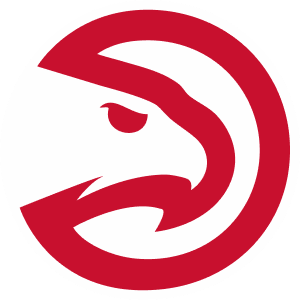 Atlanta Hawks
Atlanta Hawks  Charlotte Hornets
Charlotte Hornets  Miami Heat
Miami Heat  Washington Wizards
Washington Wizards  Denver Nuggets
Denver Nuggets 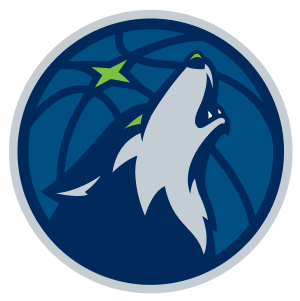 Minnesota Timberwolves
Minnesota Timberwolves  Oklahoma City Thunder
Oklahoma City Thunder  Portland Trail Blazers
Portland Trail Blazers  Utah Jazz
Utah Jazz  LA Clippers
LA Clippers  Golden State Warriors
Golden State Warriors  Los Angeles Lakers
Los Angeles Lakers  Phoenix Suns
Phoenix Suns  Sacramento Kings
Sacramento Kings  Dallas Mavericks
Dallas Mavericks  Houston Rockets
Houston Rockets  Memphis Grizzlies
Memphis Grizzlies  New Orleans Pelicans
New Orleans Pelicans  San Antonio Spurs
San Antonio Spurs 

